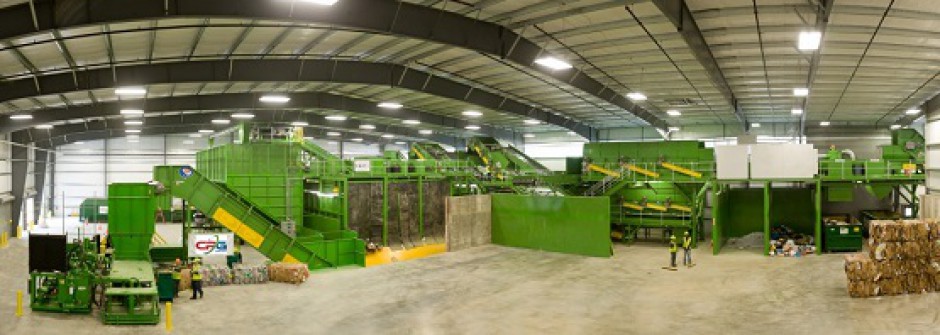http://www.theguardian.com/environment/2014/jul/21/sainsburys-store-powered-food-waste
A Sainsbury’s store in the West Midlands will be the first retail outlet in the UK to come off the National Grid and be powered by food waste alone in a groundbreaking project being unveiled on Monday.
Sainsbury’s and waste recycling company Biffa have been working on new technology to allow the Cannock store to run on electricity solely generated from anaerobic digestion.
Sainsbury’s is already the UK’s largest retail user of anaerobic digestion, generating enough electricity to power 2,500 homes each year. Food waste from the chain’s supermarkets around the UK is delivered by lorry to Biffa’s plant in Cannock, and turned into bio-methane gas which is then used to generate electricity that is directly supplied to the supermarket via a newly constructed 1.5km-long electricity cable.
Sainsbury’s says all general waste from stores is recycled or turned into fuel. Surplus food that cannot be used by its charity partners to feed vulnerable people via food banks and other initiatives is processed into animal feed for farmers or used to generate energy through anaerobic digestion. Waste bananas from its Prescot Road store in Liverpool go to Knowsley safari park to feed the monkeys.
Paul Crewe, head of sustainability at Sainsbury’s, said: “We send absolutely no waste to landfill and are always looking for new ways to reuse and recycle. So we’re delighted to be the first business ever to make use of this linkup technology, allowing our Cannock store to be powered entirely by our food waste.”




